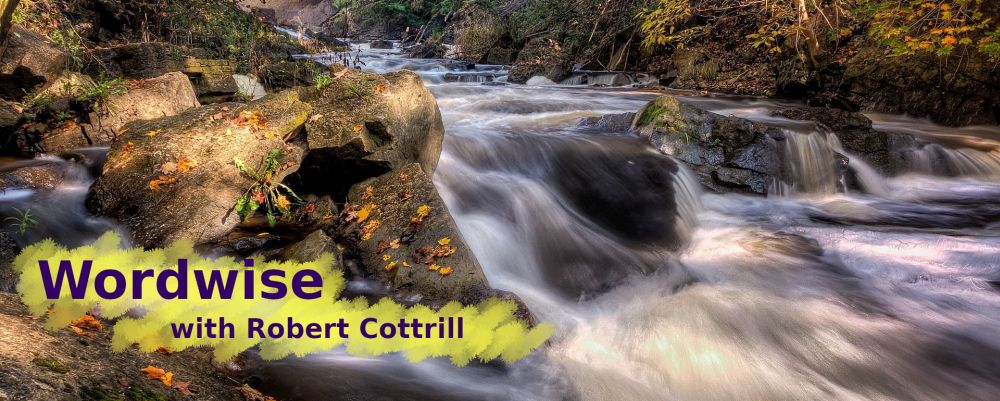Forth in Thy Name, O Lord
Words: Charles Wesley (b. Dec. 18, 1707; d. Mar. 29, 1788)
Music: Duke Street, by John C. Hatton (b. Sept. ___, 1710; d. Dec. ___, 1793)
Note: Originally called, “Before Work,” this is possibly the finest work-day hymn in the English language. It should be far better known and more often read and sung than it is.
The Cyber Hymnal (see link below) offers a variety of tunes suitable to the hymn. The tune Duke Street is also traditionally used with Isaac Watts’s hymn, Jesus Shall Reign. Though we have no precise date for his death the funeral service for John Hatton was held on December 13th, 1793. There is a report that he died of injuries suffered from being thrown from a stagecoach.
(Stanza numbers in brackets below refer to the stanza number in The Cyber Hymnal. Find the link at the bottom of the article.)
We may sometimes think of work as part of the curse–and once in a while it feels like it must be! When Adam and Eve sinned, God put a curse upon the ground that has brought toilsome labour ever since. The Lord said to Adam:
“Because you have heeded the voice of your wife [cf. 3:6], and have eaten from the tree of which I commanded you, saying, ‘You shall not eat of it’ [2:17]: cursed is the ground for your sake; in toil you shall eat of it all the days of your life. Both thorns and thistles it shall bring forth for you, and you shall eat the herb of the field. In the sweat of your face you shall eat bread till you return to the ground, for out of it you were taken; for dust you are, and to dust you shall return.”
Gen. 3:17-19
The wearisome struggle to subdue nature and draw sustenance from it became an ongoing object lesson and reminder of the destructive effects of sin. However (and it’s an important “however”), this is not the point at which man’s work began. Before the fall, Adam was placed in Eden and commissioned by the Lord “to tend and keep it” (Gen. 2:15).
That shows us that work itself is not part of the curse, but only the weariness and frustration of it, the danger and discouragement of it. And notice what the Bible says of that future day when Almighty God creates a new heaven and a new earth for us, and the curse is no more.
“And there shall be no more curse, but the throne of God and of the Lamb shall be in it, and His servants shall serve Him.”
Rev. 22:3; cf. Rev. 21:1-3
Even after the curse is removed, God’s servants (the redeemed saints, along with the holy angels) “shall serve Him.” There will still be work to do, in the eternal kingdom. Work, in itself, is neither good nor bad. It is morally neutral. It is things like the before and after that colour it one way or another. It’s the intended purpose, the chosen means, and the outcome make it good or evil.
Joseph, the legal father of Jesus, was a carpenter (Matt. 13:55). It seems also that in His boyhood, the Lord Jesus, the sinless Son of God, was taught the carpenter’s trade (Mk. 6:3). Honest, wholesome and productive labour is surely sanctified by this. We are also told that the Apostle Paul used his craft and training as a tent maker to augment his income from time to time (Acts 18:1-3; cf. 20:34; II Thess. 3:8). And there are others in Scripture with a variety of occupations.
We have no trouble seeing pastoral work, or that of missionaries to be holy labour. Certainly it is. But the fact is that honest, wholesome, productive work of many different kinds is sanctified when we do it for the Lord. We are to “do good [that which is pleasing, honourable and beneficial] to all” (Gal. 6:10), and doing good and sharing are said to be sacrifices well-pleasing to God (Heb. 13:16). The exhortation of God’s Word given to bondservants serves as well for modern employees.
“Whatever you do, do it heartily, as to the Lord and not to men, knowing that from the Lord you will receive the reward of the inheritance; for you serve the Lord Christ.”
Col. 3:23-24
Thus the lawyer and the cashier at the grocery store, the farmer and the teacher, the waitress in the diner, and the brain surgeon and the babysitter, can all do their work as an offering to the glory of God. It’s with a sense of these things that Wesley writes his hymn. And I encourage you go to the Cyber Hymnal link below and read the whole hymn.
(1) Forth in Thy name, O Lord, I go,
My daily labour to pursue;
Thee, only Thee, resolved to know
In all I think or speak or do.
(2) The task Thy wisdom hath assigned,
O let me cheerfully fulfil;
In all my works Thy presence find,
And prove Thy good and perfect will.
(4) Thee may I set at my right hand,
Whose eyes mine inmost substance see,
And labour on at Thy command,
And offer all my works to Thee.
Questions:
- What will you be doing today that you can offer to the Lord, for His glory?
- Explain, in terms of your own occupation, the insightful warnings of stanza three: “Preserve me from my calling’s snare, / And hide my simple heart above, / Above the thorns of choking care, / The gilded baits of worldly love.”
Links:
- 29 March 1788 – Charles Wesley Died
- Forth in Thy Name, O Lord (The Cyber Hymnal)
